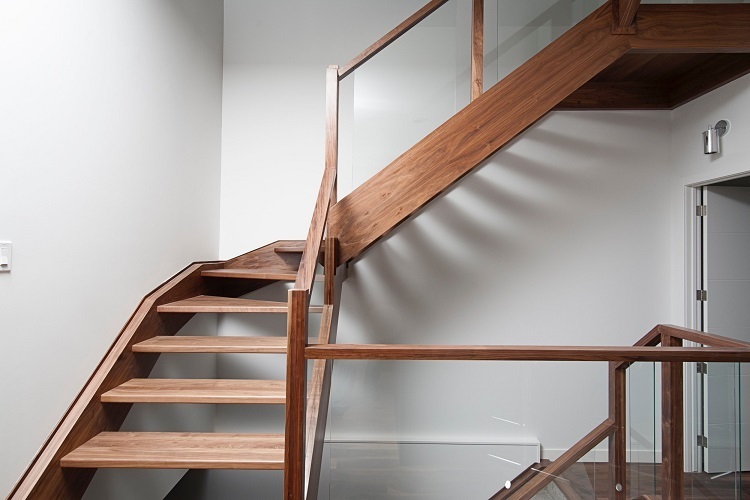Spotted gum’s various beneficial characteristics have led to its widespread use. It has several internal and external technical applications, such as spotted gum battens. Timber walls, decks, wood mouldings, cladding, pergolas, and flooring are its most frequent uses. The sophisticated appearance of square-cut spotted gum is ideal for battening, office fit-outs, wooden stairs, and screening applications.
Table of Contents
Why Choose Spotted Gum Battens
It is well acknowledged that the timber obtained from the spotted gum tree is among the Australian hardwoods of the highest grade. It may be used either inside or outdoors and is fundamentally strong, durable, and resistant to the infestation of termites. In comparison to other types of eucalyptus, it is easy to work with and has a lower risk of tannin leaching.
Furthermore, spotted gum is often utilised in regions that are prone to bushfires, both as cladding and as spotted gum battens, on account of the natural resistance to fire that it has. Since it is very resistant to both insects and fire, spotted gum is a particularly desirable kind of hardwood.
Because of the naturally oily character of the wood, working with it is not difficult, and it may be machined. Since its harvesting and manufacture are subject to tight control by local and federal rules, spotted gum is more environmentally friendly than many timber species that are used as sources of raw material across the world.
Can Spotted Gum Be Considered Hardwood?
The spotted gum tree is native to Australia and provides hardwood with numerous outstanding qualities. Hardwood screening panels and timber walls are just two examples of the many structural and decorative uses for this popular Australian hardwood.
Spotted gum wood is available in several hues, including light greys, off-whites, creams, and dark, deep browns. The sapwood is often white, but the heartwood is browner and reddish brown, perfect for spotted gum battens. Moreover, to further intensify colours, oils and stains, among other finishing products, may be used. To establish the best colour and sheen, further study and testing are needed.
Guidelines for Addressing Spotted Gum Discoloration
Depending on the intended use of the wood, spotted gum may be treated with paints, polishes, stains, and oils, among other treatments and finishes. If spotted gum is to be used as decking, it may benefit from a decking oil. It is recommended to treat or coat the material before or shortly after installation to reduce swelling, cupping, warping, twisting, and splitting caused by moisture absorption and evaporation.
Moreover, coating or lubricating the product before installation not only assures more uniform application but also enhances the likelihood of the product entering and sealing the grain before it is exposed to the weather, so increasing its usable life. The end grain is especially susceptible to moisture absorption and retention, which may foster the development of bacteria and, ultimately, decay. Thus, it is recommended to coat or oil both the face and the end of the boards.
Spotted Gum for Flooring and Decking
The use of spotted gum for decking and flooring is an excellent alternative. Significant demand exists for spotted gum flooring and spotted gum battens. The prevalence of timber flooring and timber walls is due to their cosy, earthy ambience. The wood has great hardwood properties, is resilient, and, with proper maintenance, may last for more than 40 years.
The high Janka (hardness) and the moderate thickness of decking made from Spotted Gum make it very scratch- and impact-resistant. Spotted Gum decking is strong and long-lasting due to the hardwood’s frequent use in industrial applications. The firewood produced from spotted gum is trustworthy. It is ideal for use inside open fireplaces because of its high heat output and low smoke output. Visit DiyTelevision and learn about how spotted gum wood is ideal for open fireplaces, producing more heat and less smoke.
A previous fire makes it much simpler to ignite the wood, and once it is ablaze, the wood burns slowly and cleanly. Wood that has been kiln-dried and processed at the mill may emit hazardous chemicals and should be burnt with care, especially in confined places.
How to Maintain Gum-Stained Hardwood Floors?
Spotted Gum battens and hardwood flooring needs weekly cleaning to maintain their beautiful look. You want to prevent sandpapering your battens and hardwood floors at all costs and frequent sweeping and cleaning may help you accomplish exactly that.
Using the Right Cleaners
If you use a moist mop and a cleaner designed for wood floors, you may be able to obtain a better clean without having to clean as often. Avoid using abrasive cleaners and harsh chemicals to protect the finish of your indoor wood floors. The avoidance of steaming is also advised. Being an outdoor wood, cleaning Spotted Gum decking may need more work due to its pre-weathered state.
Protection from Termites
The spotted gum tree is naturally termite-resistant. In most hardwoods, termite resistance rises with age, although this is not always the case and may be weakened by variables like long-term treatment, moisture content, age, and condition. Every six to twelve months, a termite examination is recommended.

